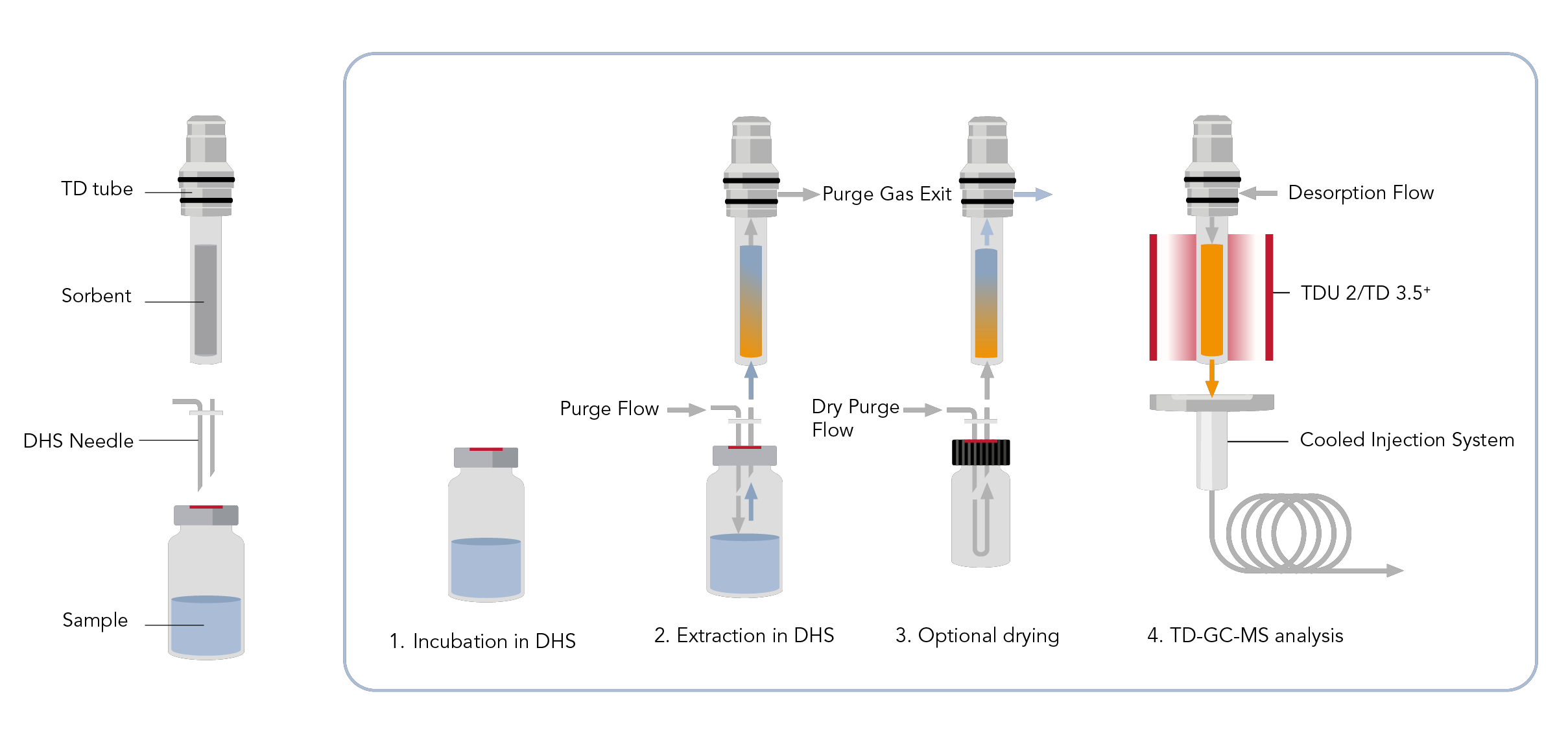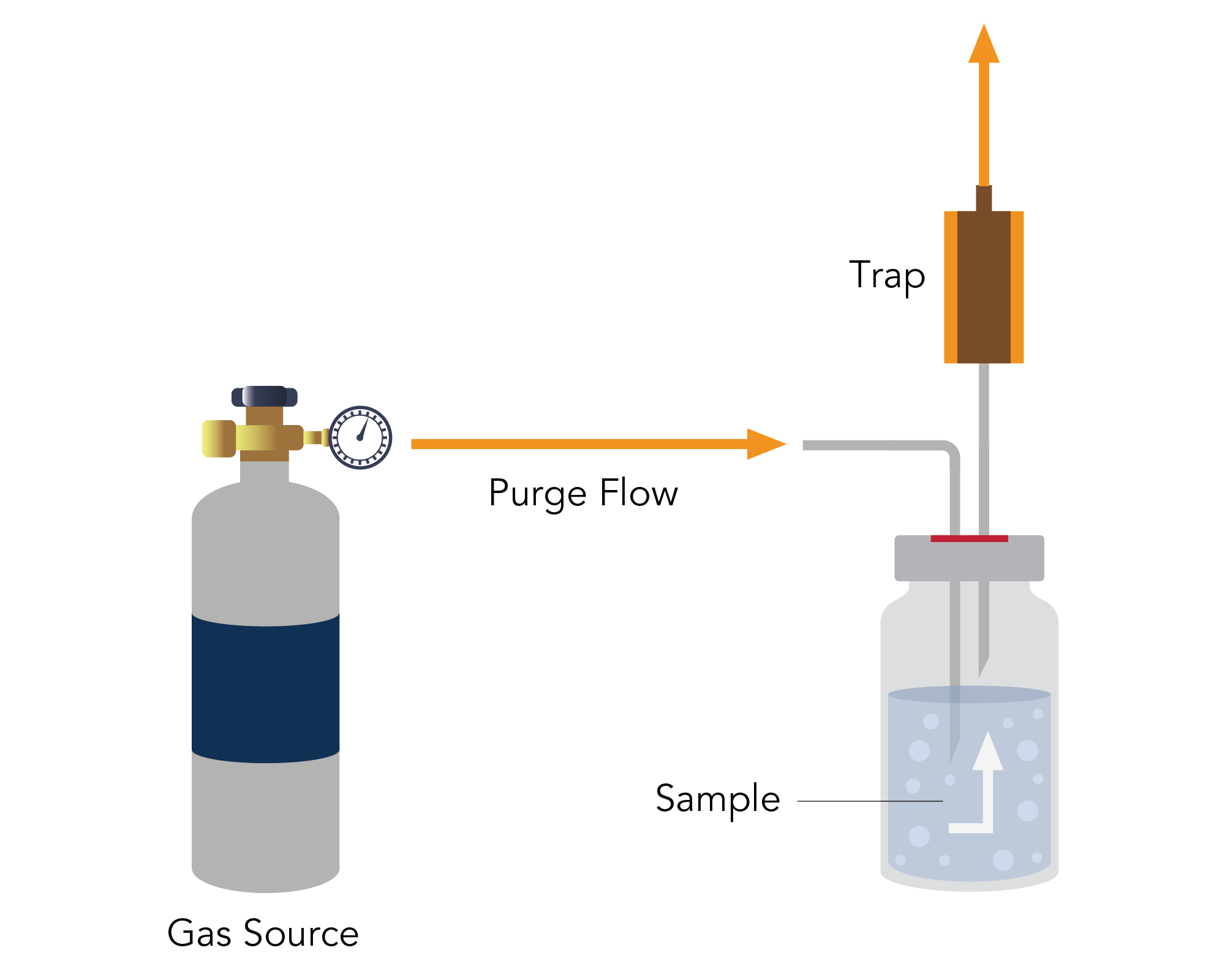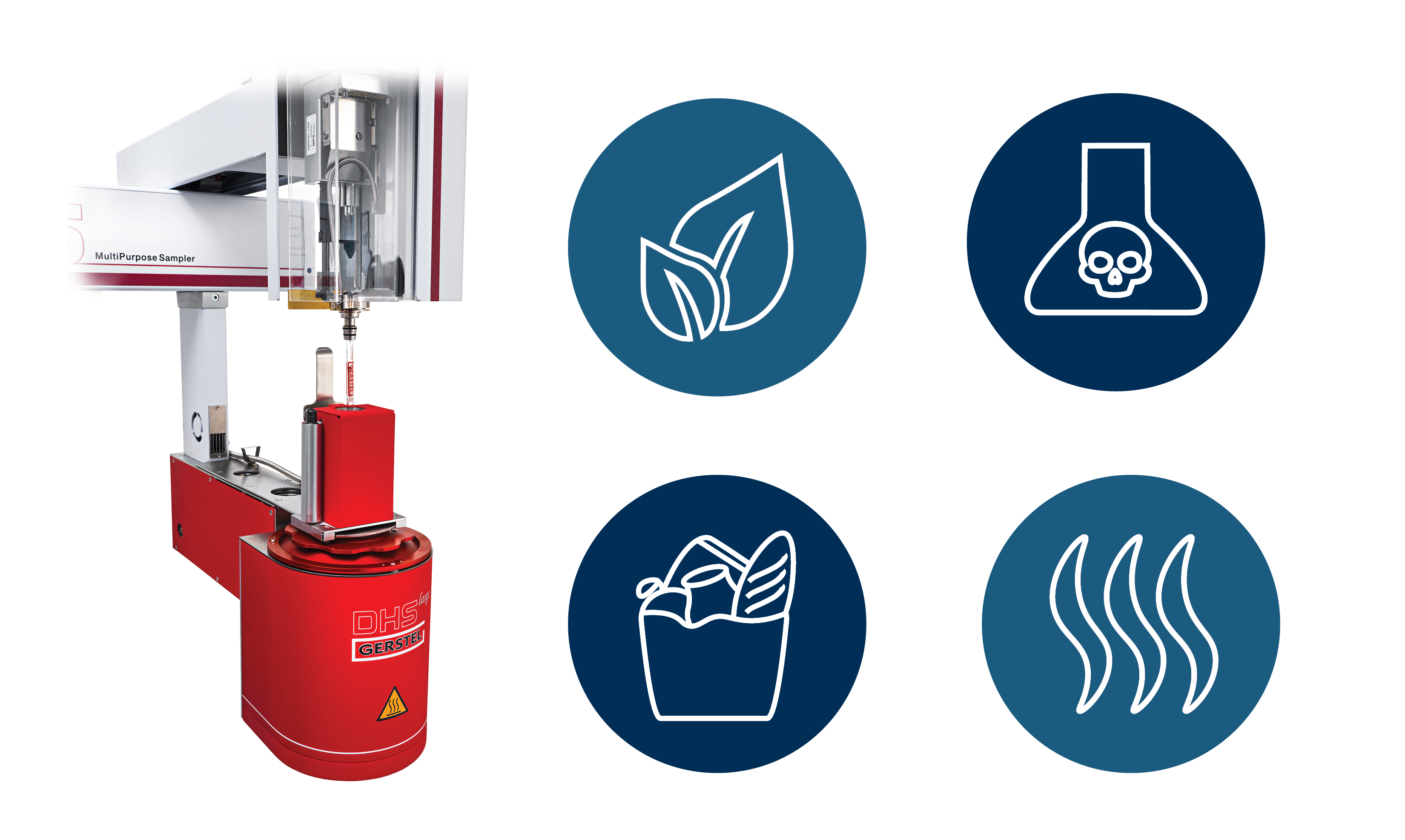Dynamic Headspace vs. Purge and Trap: A Comparative Insight
When it comes to volatile organic compound (VOC) determination, two techniques have historically dominated the field: Dynamic Headspace (DHS) and Purge and Trap (P&T). Both methods are designed to efficiently extract VOCs from various matrices, but they operate under different principles and offer distinct advantages. In recent years, the dynamic headspace technique has gained significant traction, challenging the traditional supremacy of the purge and trap method in certain applications. Let’s explore the benefits of using DHS over P&T.
1. Principle of Operation
Dynamic Headspace: DHS relies on heating the sample to release VOCs into the headspace above the sample. An inert gas then sweeps this headspace, directing the flow through an adsorbent trap. This combination provides an exhaustive extraction and collection of the VOCs. Post-collection, a thermal desorption system is used to thermally desorb the VOCs from the trap into a gas chromatograph for analysis.

Purge and Trap: P&T operates by bubbling an inert gas through a liquid sample, allowing the VOCs to be stripped from the matrix and then trapped on an adsorbent material. Like DHS, these VOCs are later desorbed and determined using gas chromatography.

2. Benefits of DHS over P&T
Flexibility in Matrices: DHS can handle a wider range of sample matrices, from solids to high-viscosity liquids. This flexibility makes it a versatile tool for varied applications.
Lower Detection Limits: Due to its sweeping action and effective trapping mechanism, DHS often delivers lower detection limits than P&T.
Reduced Water Interference: Since DHS doesn’t use bubbling to help release compounds from liquid or high moisture samples, less water is introduced into the analytical system. This limits system contamination prevents inlet freezing and enhances chromatographic performance.
Extended Trap Lifespan: In DHS, the trapping material experiences reduced exposure to potential contaminants, and multiple traps can be used to reduce trap cycling. This leads to an extended trap lifespan and reduced maintenance frequency.
Consistency: The purge efficiency in P&T can be affected by various factors such as sample matrix, purge gas rate, and sample volume. With DHS, especially when automated, the technique offers consistent results with minimal variability.
Thermal Fractionation: Certain DHS systems can perform thermal fractionation, allowing for a selective release of VOCs based on their boiling points. This offers improved chromatographic resolution and can be invaluable in complex sample analysis.
3. Applications Best Suited for DHS
Given its inherent advantages, DHS is particularly suitable for:

- Environmental analysis where trace VOC detection is essential.
- Forensic applications, where sample matrices vary significantly.
- Food and flavor research, where DHS can detect subtle flavor compounds at trace levels.
- Materials off-gassing analysis to determine what VOCs are released from products under specific conditions.
Conclusion:
While purge and trap remains a staple in many labs for VOC analysis, the dynamic headspace technique offers notable advantages that cannot be overlooked, especially for complex matrices or when an ultra-trace analysis is required. The choice between these methods will ultimately depend on the specific requirements of the analysis, the nature of the samples being studied, and the desired outcomes. However, as technology advances, DHS is poised to become an even more formidable VOC extraction and determination tool.

